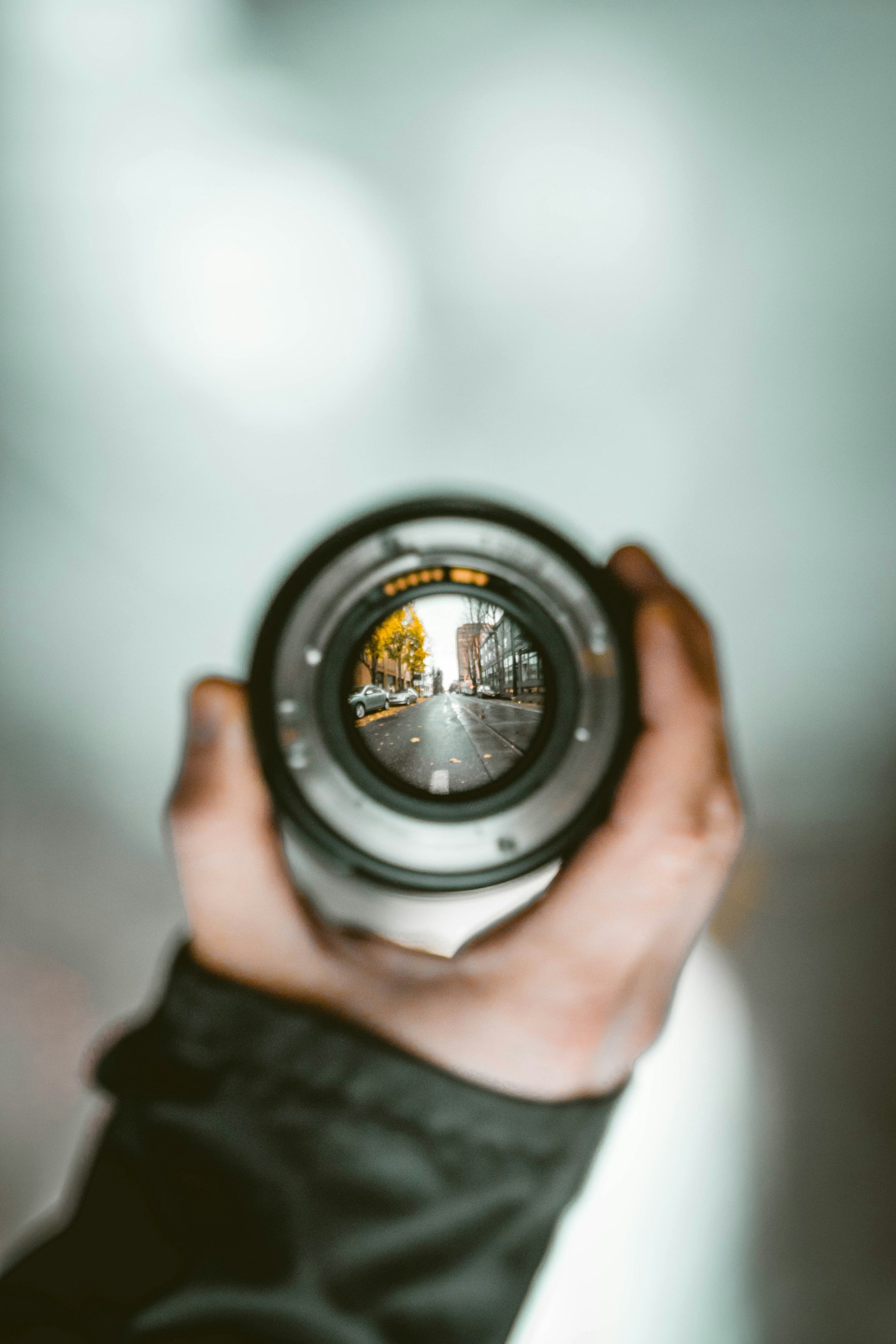Focus in photography and why it is important
This page contains AFFILIATE LINKS. If you choose to purchase after clicking a link, we may receive a commission at no extra cost to you. Plus, as an Amazon Associate, we earn from qualifying purchases. Read more on the disclosure policy page.
Discover the different kinds of focus in photography, why it is important, and when not to use it for the sake of the artistic composition. George Lucas said that focus determines your reality. And, this wise outcome can be implied not only in life but also in photography and it can affect your captures and their storytelling.

Advertisement

CREDIT: AMAZON
The etymology of the word “focus”
The etymology of the word “focus” is closely connected with its current meaning. Latins were using the word “focus” to describe the “hearth – fireplace” and figuratively their home and family. So, the meaning of this word passed through centuries as the “point of convergence“, a central point of attraction and attention. The term was also introduced in mathematics by Kepler, in optics in 1775 and after a century in photography.

What is focus in photography?
In photography, focus obtained a new, more specific meaning of adjustment. When you focus on your camera, you adjust the distance setting on a lens to define your subject sharply and capture its details. In other words, you move the front part of the lens towards or away from the rear part to alter its focal length. This meaning opens an endless chapter in photography; measuring and analyzing data; and experimenting with different functions and techniques.

Why is focus important in photography?
When I started submitting my photos on stock photography sites, the first thing I learned was how much focus matters. You see in stock photography photos usually follow the guidelines of a document. There are exceptions of course, but most of the time photos must be sharp and clear with the main subject in focus. So, the images that are out of focus, or much of their subject is out of focus, or the depth of field (DOF) is too shallow are rejected.

Advertisement

CREDIT: AMAZON
Types of photos due to focus
According to focusing, they’re a simple way to divide photos into three categories:
- photos whose composition is sharp and mostly in focus;
- photos that are selectively focused by blurring the background
- photos that are completely unfocused without this “drawback” to reduce their artistic value
How to get better focus in photography
The main reason in 90% of photos aren’t sharp is because they are shaken. And, to eliminate shakiness there are two ways. The first and safer one is always to use a tripod. The tripod is essential especially when we are photo-shooting at lower shutter speeds. We have lower shutter speeds when the shutter of our camera is open for a relatively longer time than the usual instant capture; this means more than one second or more.

But we can still take sharp photos, when we hold our camera in your hands if you stand steady and use faster shutter speeds to eliminate sensitivity. How fast our shutter speed should be depends on the focal length of our lens and the focal length magnification factors. Generally, it must be at least one second divided by its focal length. So, if I use a 55mm lens, the shutter speed must be faster than 1/55 sec.

Selective Focus and its Basic Adjustments
To achieve the perfect selective focus in your photos with a blurry background, there are three simple guidelines:
• Just zoom in. Around the point you zoom, there is a blurred area.
• Use a low angle to photograph the subject.
• Set your camera to a smaller f-stop number, for example between F4 and F2.8. A smaller f-stop means a larger aperture and can give a more dramatic blur.

Blurry Pictures and their Basic Adjustments
For totally blurry pictures, just turn your camera on manual focus and focus on a point near you, in front of the subject you photograph. You can try points at different distances to find your ideal blur, which will create the ‘right’ dreamy atmosphere.

When and where to focus?
The crucial question in every composition will always be when and where to focus and how much. The result changes completely and the same subject looks completely different in these three categories. Thus, try at least the two first and sometimes all three compositions. And, after deciding in what way your photos look better, retry them to achieve a better effect. Search for inspiration and feel free to imply or break photography rules like the rule of thirds by taking intriguing unfocused or selectively focused photos.


This page contains AFFILIATE LINKS. If you choose to purchase after clicking a link, we may receive a commission at no extra cost to you. Plus, as an Amazon Associate, we earn from qualifying purchases. Read more on the disclosure policy page.
Advertisement



2 Comments
Pingback:
Pingback: